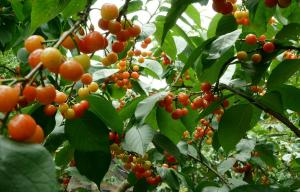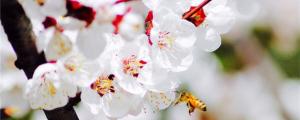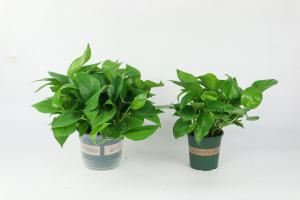How Often to Water Stevia Plant
Stevia, also known as sweet leaf or sugar leaf, is a perennial herb that is prized for its sweet leaves. It is commonly grown for commercial purposes as a natural sweetener. When cultivating stevia, proper watering is crucial to ensure its health and yield. In this article, we will discuss how often to water stevia plants to ensure optimal growth and production.
Factors that Affect Stevia Watering Needs
Stevia plants have different watering needs depending on various factors such as soil type, temperature, humidity, sun exposure, and age. Generally, younger plants require frequent watering, while mature plants have deep roots and can survive on less water. The type of soil and drainage also affects the frequency of watering, as stevia prefers well-draining soil to avoid waterlogged roots.
Watering Frequency for Stevia Plants
Stevia plants require regular watering to maintain their health and sweetness. During the growing season, the plants should be watered at least once a week, or more often in hot and dry climates. As the plants mature and establish a deep root system, watering can be reduced to once every two weeks or as needed based on the drought tolerance of the plant.
When watering stevia, it is important to ensure that the water reaches deep into the soil to encourage the roots to grow deeper. This can be done by using a watering can or a drip irrigation system that delivers a slow and steady flow of water. Overhead watering can also be used, but care should be taken to avoid wetting the leaves, as this can lead to fungal growth.
Signs of Overwatering and Underwatering Stevia Plants
Both overwatering and underwatering can harm stevia plants and affect their yield. Overwatering can lead to waterlogged roots, which can cause wilting, yellowing, and stunted growth. The leaves may also turn yellow, and the plant may start to rot or develop fungal diseases.
On the other hand, underwatering can cause the plant to wilt and look parched. The leaves may also turn brown and dry out, and the plant may not produce as many sweet leaves. To avoid these problems, it is important to monitor the moisture level of the soil and adjust the watering frequency accordingly.
Conclusion
Watering is an essential part of growing healthy and productive stevia plants. As a general rule, stevia plants should be watered once a week during the growing season, and less often as they mature. However, the frequency of watering may vary depending on factors such as soil type, temperature, and sun exposure. By monitoring the moisture level of the soil and paying attention to the plant's needs, you can ensure that your stevia plants thrive and produce sweet, healthy leaves.

 how many times do yo...
how many times do yo... how many planted tre...
how many planted tre... how many pine trees ...
how many pine trees ... how many pecan trees...
how many pecan trees... how many plants comp...
how many plants comp... how many plants can ...
how many plants can ... how many plants and ...
how many plants and ... how many pepper plan...
how many pepper plan...






























